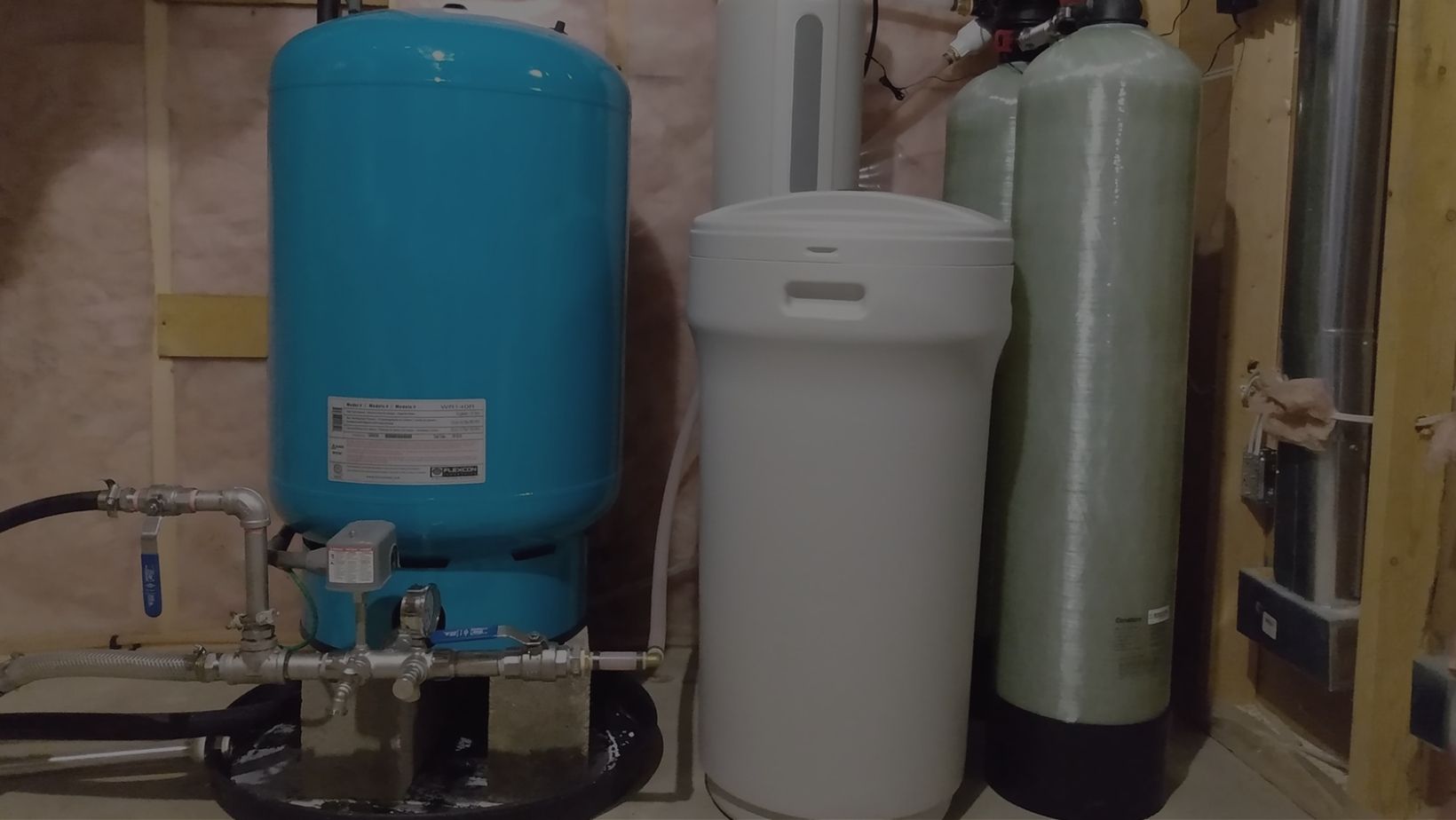Mike Tank
New Member
Hello everyone,
I'm an American living in the Philippines, facing persistent issues with my pressure tank systems. Over the years, I've had three different systems, and each has eventually developed a frustrating short cycling problem.
Initially, I used bladder pressure tanks, but they started malfunctioning within 6-8 months - running unnecessarily and reacting too quickly to tap usage, despite no evident leaks.
Frustrated, I invested in a brand new setup: a 500L tank, a heavy-duty non-bladder pressure tank, and a new pump. This was professionally installed and worked wonderfully at first, providing consistent pressure. However, about 6-8 months later, the short cycling issue has resurfaced. The system pressurizes, but the pressure drops rapidly when I open the tap. Even when isolated by shutting off the input and output to the pressure tank, the pressure still drops over time but slower than usual.
I'm at my wits' end and hope to find a solution that lasts. I'll attach some photos of my setup for reference. Any insights or advice would be greatly appreciated.
Thank you so much...
I'm an American living in the Philippines, facing persistent issues with my pressure tank systems. Over the years, I've had three different systems, and each has eventually developed a frustrating short cycling problem.
Initially, I used bladder pressure tanks, but they started malfunctioning within 6-8 months - running unnecessarily and reacting too quickly to tap usage, despite no evident leaks.
Frustrated, I invested in a brand new setup: a 500L tank, a heavy-duty non-bladder pressure tank, and a new pump. This was professionally installed and worked wonderfully at first, providing consistent pressure. However, about 6-8 months later, the short cycling issue has resurfaced. The system pressurizes, but the pressure drops rapidly when I open the tap. Even when isolated by shutting off the input and output to the pressure tank, the pressure still drops over time but slower than usual.
I'm at my wits' end and hope to find a solution that lasts. I'll attach some photos of my setup for reference. Any insights or advice would be greatly appreciated.
Thank you so much...
Attachments
-
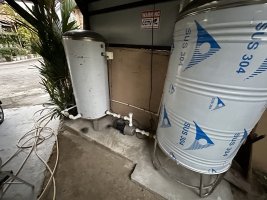 IMG_2270.jpg157.2 KB · Views: 49
IMG_2270.jpg157.2 KB · Views: 49 -
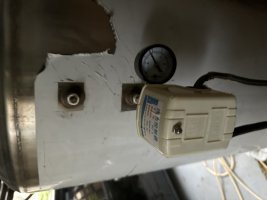 IMG_2278.jpg75.4 KB · Views: 47
IMG_2278.jpg75.4 KB · Views: 47 -
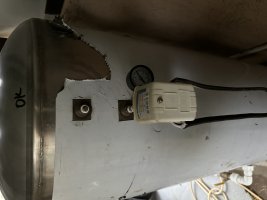 IMG_2277.jpg79.9 KB · Views: 46
IMG_2277.jpg79.9 KB · Views: 46 -
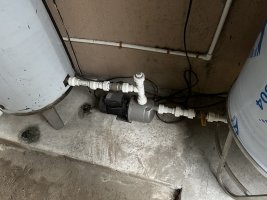 IMG_2276.jpg171.6 KB · Views: 49
IMG_2276.jpg171.6 KB · Views: 49 -
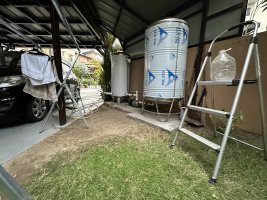 IMG_2275.jpg208.3 KB · Views: 43
IMG_2275.jpg208.3 KB · Views: 43 -
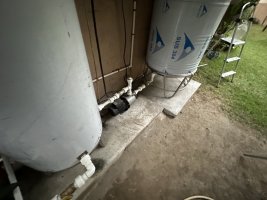 IMG_2274.jpg123.9 KB · Views: 47
IMG_2274.jpg123.9 KB · Views: 47 -
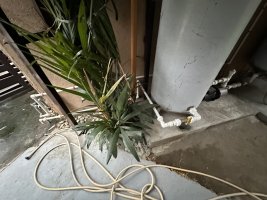 IMG_2273.jpg156.7 KB · Views: 48
IMG_2273.jpg156.7 KB · Views: 48 -
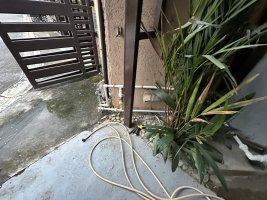 IMG_2272.jpg198.7 KB · Views: 50
IMG_2272.jpg198.7 KB · Views: 50 -
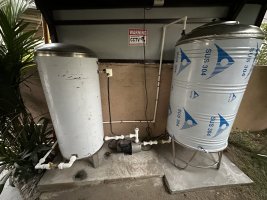 IMG_2271.jpg156.7 KB · Views: 50
IMG_2271.jpg156.7 KB · Views: 50

